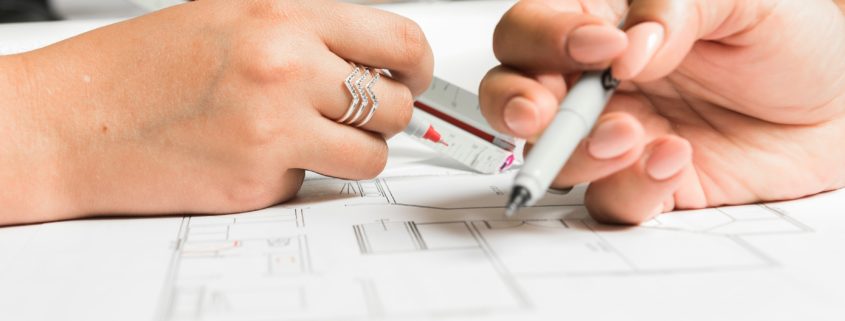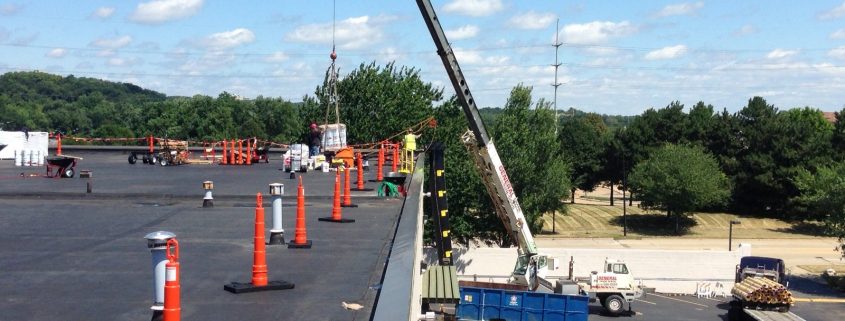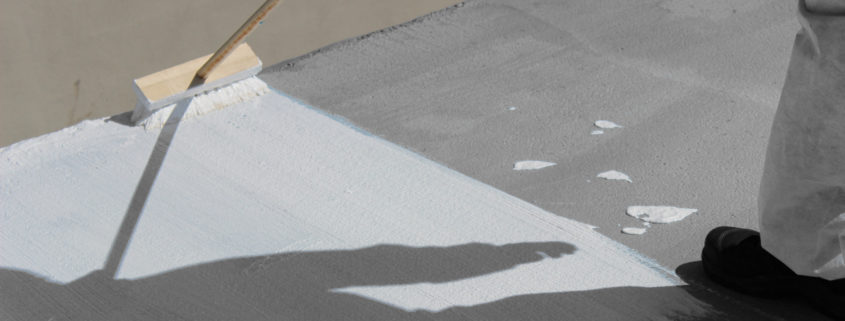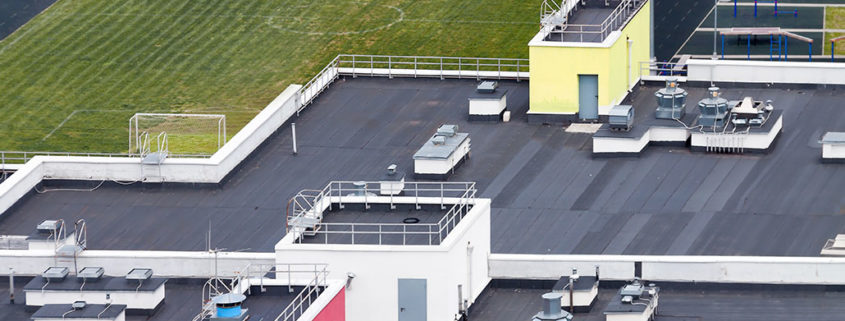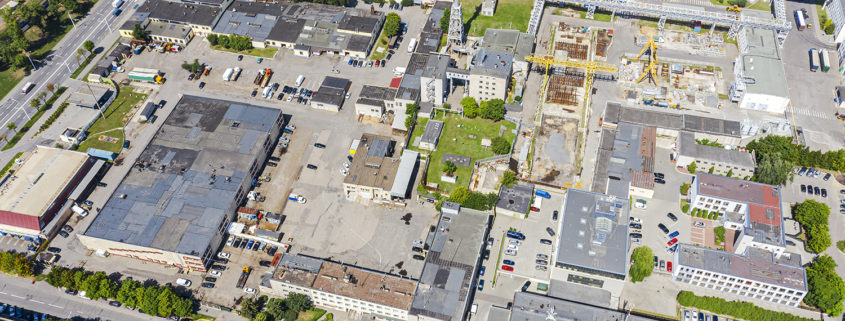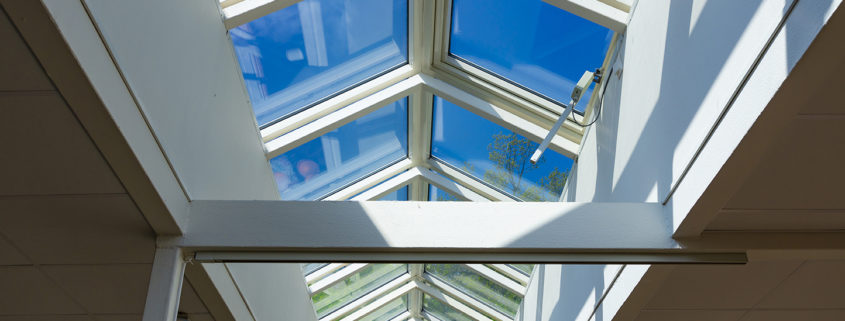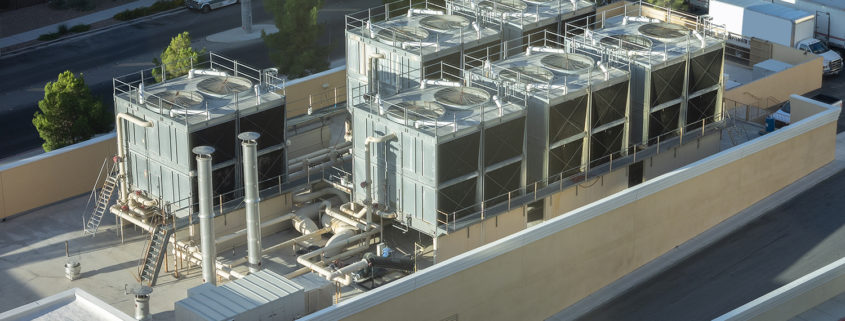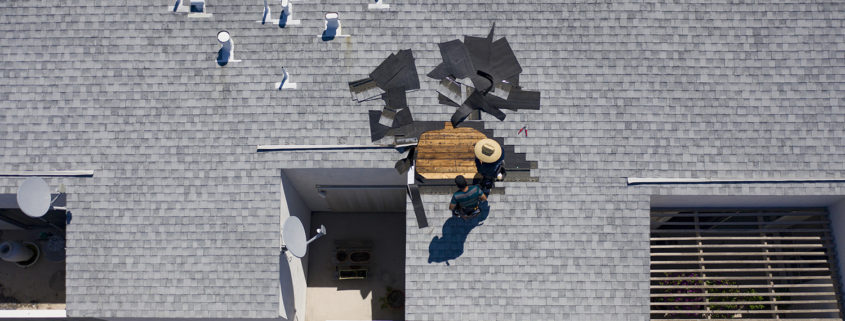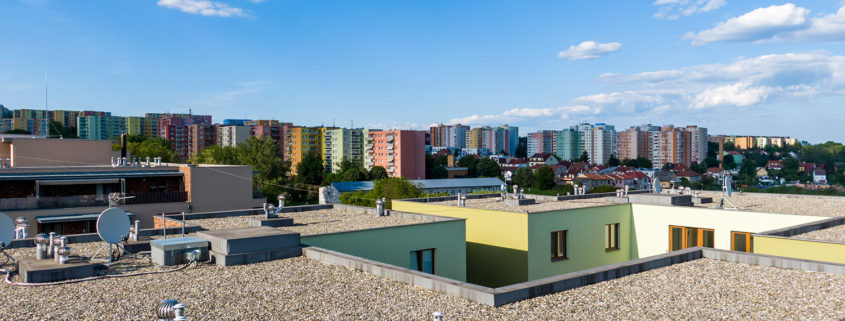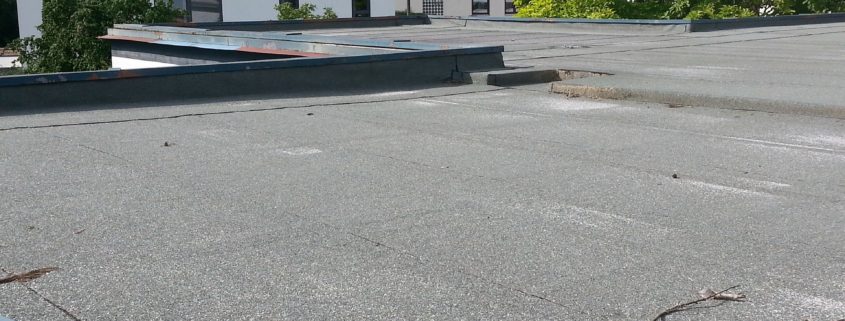Does your property need a new commercial roof? Are you actively looking for quotes for a new commercial roof and does it seem to be realistic for you? As you may expect, commercial roof replacement costs vary widely depending upon the system and how it will be used to replace the current roof. It may be advantageous to see if a commercial roof coating is a good alternative to replacing the roof altogether.
Pros and Cons for Coatings
Applying roof coatings to the existing roof membrane can eliminate ponding water on your roof and a coating protects the building from UV rays, resulting in energy savings. There are many types of roof coatings available for prolonging your existing roof’s life including silicone roof coating, acrylic roof coatings, elastomeric coatings to cover the roof surface and preserve it even if the multiple year warranty has run out.
Business Benefits
Commercial roof coatings are essentially designed to be adhered via spray or roll on to an existing roof surface. There are no seams in the application of a roof coating, so it makes the existing roof impervious to leaks due to the structure of the coating. It also doesn’t have any special applications around the HVAC system equipment or other pipes, so it naturally deflects water away from the roof’s surface. These applied elastomeric and polymer surfaces can potentially extend the life of your commercial roof for 5 or more years after the warranty period. Elastomeric roof coatings can literally save the day and your roof!
Roofs Ready For Coatings
With the “BUR” or Built Up Roofs, their top level of flat roof coating is reflective of the sun’s rays, and depending upon the amount of ponding and damage overall, it will benefit from cleaning and application of roof coating. On a metal roof, areas between the insulation and decking being coated can be a lot less money in the long run than replacing large sections of a metal roof. The top layer of modified bitumen roofing is used in flat or low slope roofs and can be coated to protect the asphalt underneath. All of the single-ply roofing systems — TPO, EPDM and PVC can be enhanced with a coating to repair puncture damage and stave off the need to replace the entire system.
When You’ll Need A Coating
Perhaps you’re trying to stop a piece of the roofing that you’ve recently discovered leaking after a big storm. Depending on the amount of damage that has already occurred, a commercial roof coating or recoat might be the solution you need. Rather than a complete new roof replacement, you can still get a great deal of use out of the existing roof with a coating that will fill in the gaps or puncture marks, but you’ll need an inspection by a professional roofing contractor like TEMA before making that final decision.
Which Coating Is Best?
Of the many commercial roofing coatings out on the market, there are certain types that perform better on certain roofs. Professional roofing contractors like TEMA Roofing can make that determination. Today’s roof coating market includes: Silicone, Urethane, Acrylic and BUTYL. Each fulfill the need to coat the commercial roof and save the existing roof with slight variations.
Silicone works well because it’s usually applied white, known as a cool roof which reflects the sun’s rays back into the atmosphere, saving on energy costs due to its reflectivity and it doesn’t expand and contract much with the weather changes after a coating application. Acrylic roof coating has similar properties with expansion and contraction during climate changes but you can apply custom coloring to an acrylic coating and still remain energy efficient. Urethane roofing is usually reserved for high foot traffic roofs due to its high tensile strength and resistance to abrasion. A popular application of this is the spray polyurethane foam or “SPF” coating. Finally, BUTYL elastomeric rubber roof coating is known for its strength and durability but it’s not to be used in low VOC states because it’s not the most environmentally friendly.
Call TEMA Roofing!
The people at TEMA Roofing Services have experience with all types of these high performance commercial roof coating systems, from installation to inspection, service and repair. For the life of your commercial building, TEMA is committed to being partners with you on all of your roofing needs. It’s difficult for a commercial property owner to decide on all the above factors and roofing materials without professional guidance.
With all the types of coatings out there, the best way to choose the ultimate roofing solution for your precise needs is by consulting a seasoned roofing contractor. At TEMA Roofing we play the long game on commercial roofing and will be there for you to help guide you through the process in choosing the right coating for your property. Please call us today!

